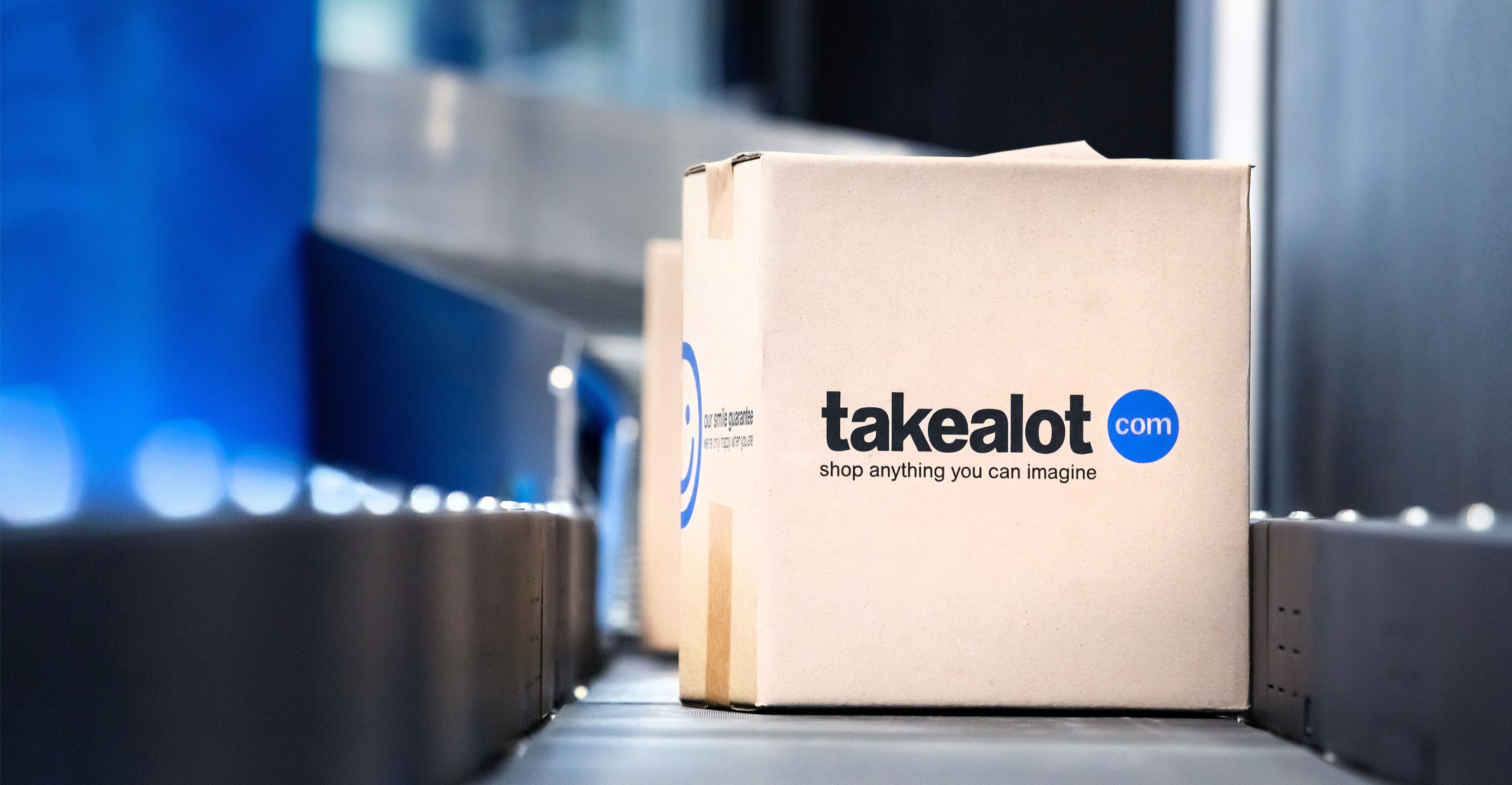Business
How Seven Quiet Founders Sparked the Rise of Takealot in South Africa

A quiet beginning that shaped a giant
Takealot is so deeply woven into South African life that many of us hardly remember a time before the blue parcels and early morning deliveries. Yet the country’s biggest online retailer began its journey in a rather modest Cape Town office in 2002, long before online shopping became a national habit.
Back then, it was called Take2. It was not the sleek, polished brand we know today but a basic online shop built by three founders who were far more hands-on than high-profile. Jose Pereira and brothers Neil and Waine Smith were the public faces, although four other early investors quietly helped fund the company’s start. Their names have never been revealed, which has created a sense of mystery around the origins of South Africa’s best-known e-commerce success story.
What we do know is that the earliest inspiration came from Neil Smith’s journey through the world of tech in the late eighties and nineties. He began his working life as a clerk earning R700 a month at Spoornet, now Transnet. Bit by bit, he started selling computer components offline, eventually launching a simple PC retail website at a time when the internet was still a novelty in South Africa. DVDs, games, and electronics soon followed, and these were the very items that would later become Take2’s first big sellers.
A new chapter under new leadership
Everything changed in 2010 when global investment firm Tiger Global Management acquired a majority stake in Take2. Their 83 percent share came through a co-investment deal with Kim Reid, who brought years of corporate experience from his time at MultiChoice International Holdings and Sony Music.
Reid took a 15 percent stake in the business, two silent partners held a further two percent, and the Take2 era officially came to a close. Within a year, the company had a new name. A trademark dispute made the old name unusable, the preferred name Takeit was too expensive, and the team settled on Takealot after discovering that both the dot com and dot co dot za domains were available.
The rebranded platform launched in June 2011 with just 24 employees. Fast forward to 2025, and Takealot now employs more than 7,300 people.
Much of this growth is credited to Reid’s leadership between 2010 and 2021. Under his guidance, the retailer expanded through several major moves that reshaped South Africa’s e-commerce landscape.
The moment Takealot became unstoppable
The year 2014 marked a turning point for Takealot. It bought Mr Delivery, which later became Mr D and transformed into the backbone of its courier network. It opened a marketplace where third-party sellers could list their products, and it merged with Naspers-owned ‘Kalahari dot net,’ dramatically increasing its catalogue and reach.
Not every decision paid off. The purchase of clothing retailer Superbalist never delivered sustained profits and was eventually sold after a decade. Yet the momentum continued. By 2017, Naspers had increased its stake to 96 percent. In recent financial results, Takealot recorded a gross merchandise value of 877 million US dollars, marking an 18 percent rise compared to 2024. The company expects to deliver its first full-year profit in Naspers’s current financial period.
Take2 may have provided the framework, but Reid’s era is widely seen as the one that turned Takealot into a household name.
Life after Takealot and the rise of Raru
For the original Take2 trio, life did not end with the sale. When their three-year restraint of trade period expired, they returned to the online arena with a new store: Raru. The concept was born from Neil Smith’s travels to major gaming and tech expos overseas. He saw a demand in South Africa for a more niche store, one that celebrated pop culture and specialised technology.
Raru launched in 2014 and quickly won fans, particularly among gamers and collectors. But its story took a tough turn. Global shipping disruptions during the COVID-19 era hit the business hard, and by November 2022, the website had shut down. The company was liquidated shortly afterwards.
Smith later reflected that success in e-commerce depends on the people at the heart of the business rather than any special formula. He emphasised daily commitment, patience, and attention to small details, from paperwork to accounting systems. In his view, every tiny contribution adds up over time, shaping the long-term strength of a business.
A legacy built quietly but powerfully
Today, most South Africans see Takealot as a modern tech giant, yet its beginnings were remarkably small and surprisingly understated. Behind the enormous warehouses, delivery bikes, and brand recognition is a story powered by seven people, some known and some still unnamed, who dared to try something new at a time when online shopping was still unfamiliar to local consumers.
Their early groundwork made it possible for Takealot to become a defining part of South African retail culture, transforming how the country shops and setting the pace for the digital economy that continues to grow today.
Follow Joburg ETC on Facebook, Twitter, TikT
For more News in Johannesburg, visit joburgetc.com
Source: MyBroadband
Featured Image: TechCentral















